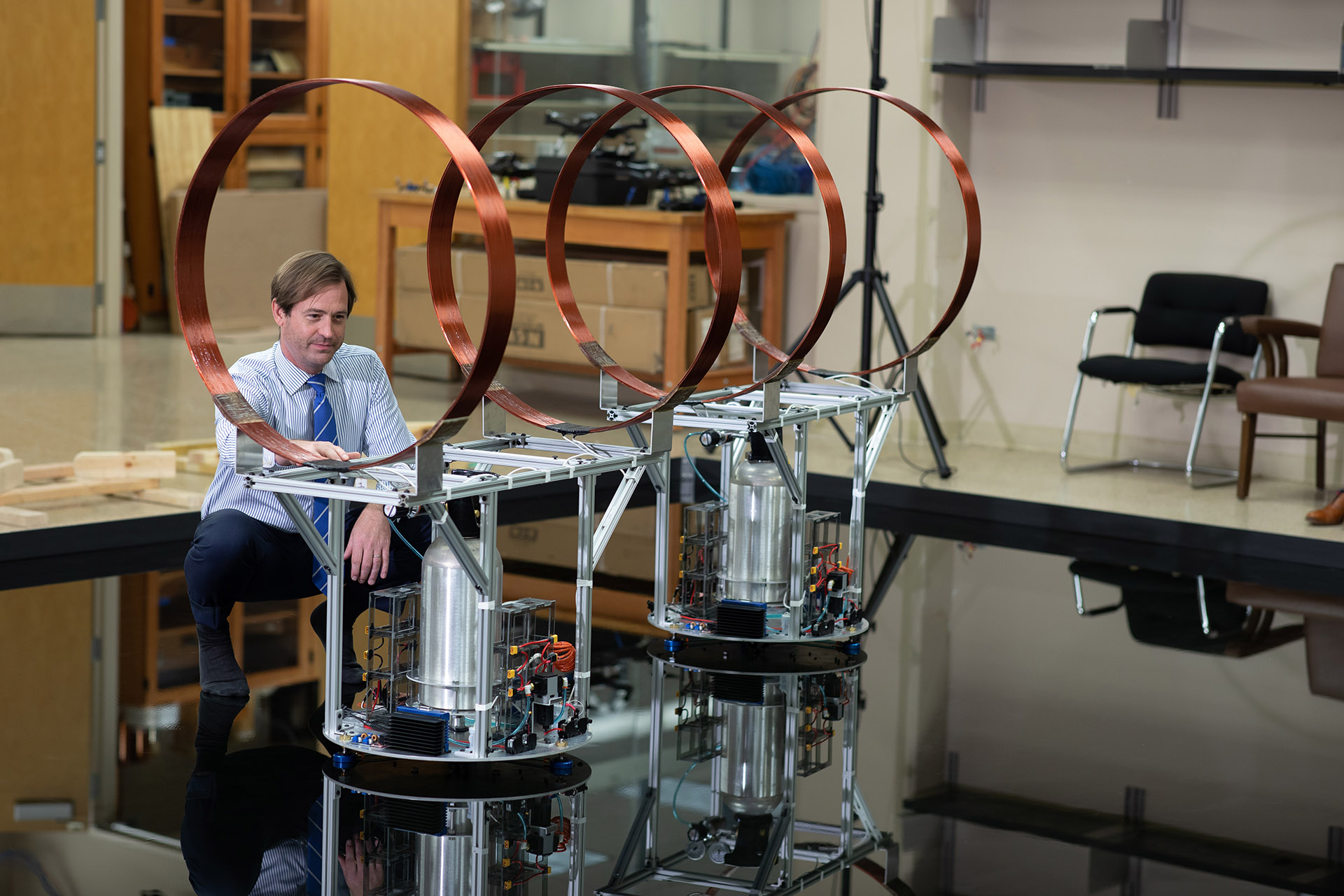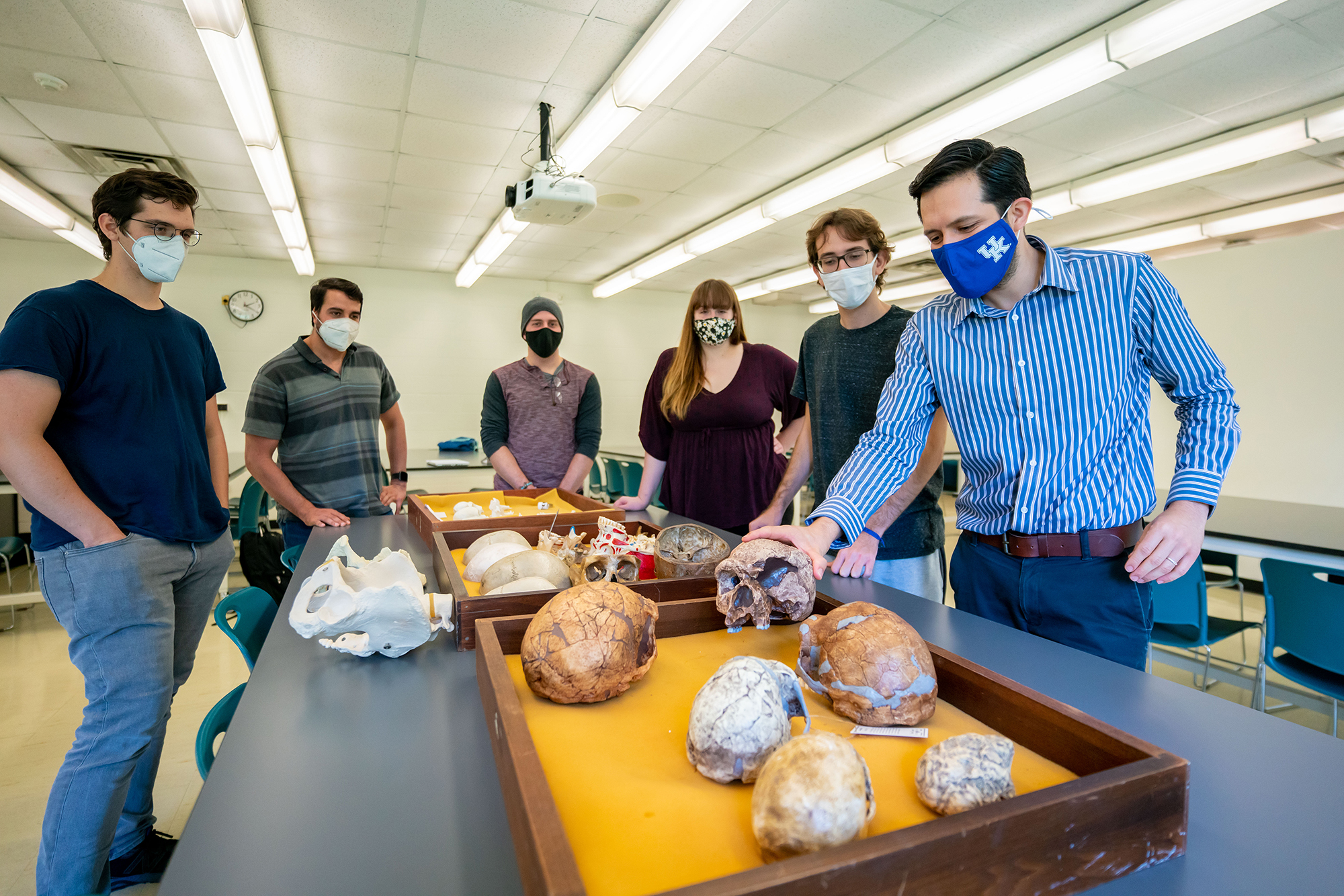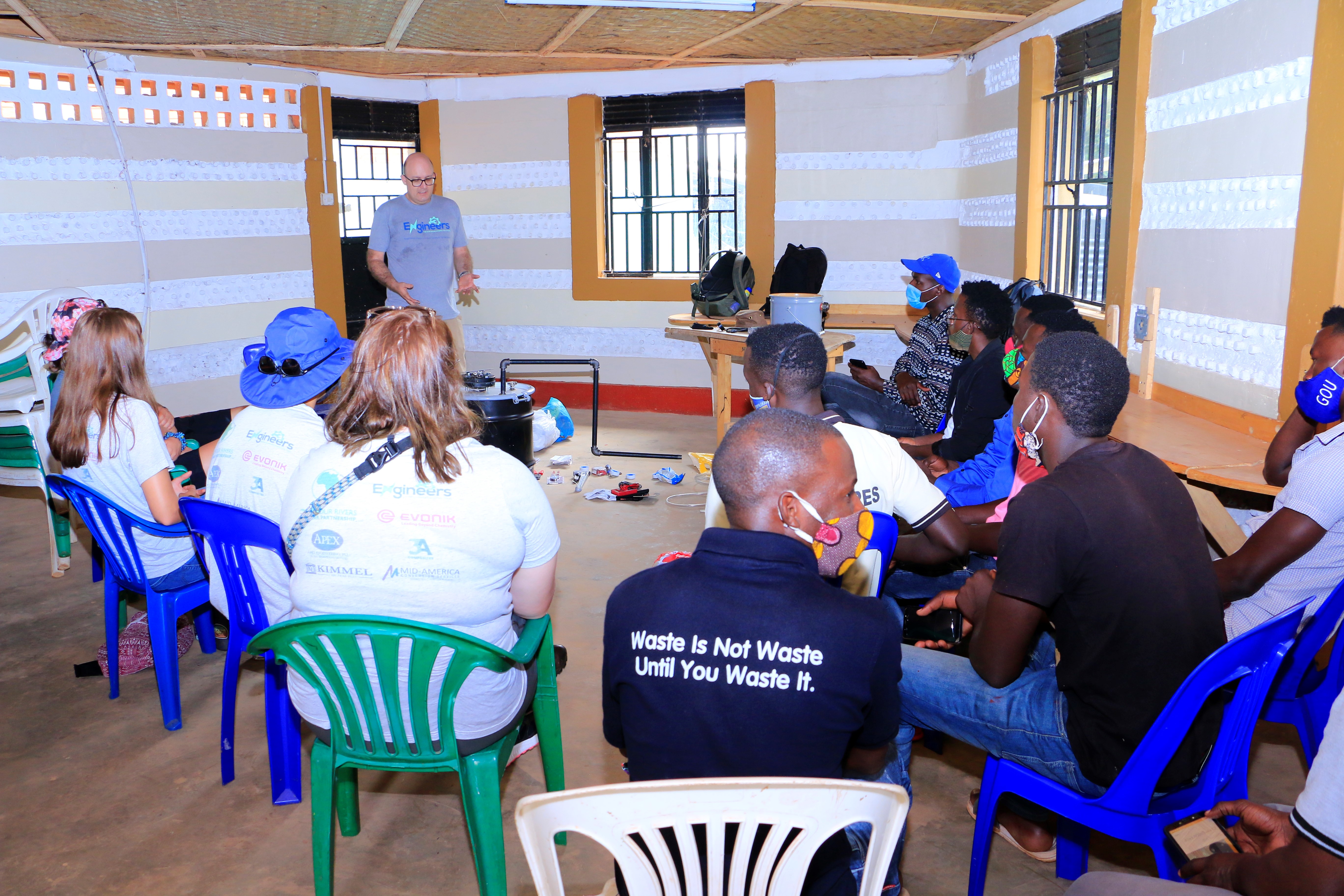By Kel Hahn
What areas of construction management most interest you?
Let me start by saying that construction is a big industry. And it is very important to every country. At the same time, it has a lot of areas that need improvement. I study disruptors of the construction industry—that is, disruptors that have the potential to transform.
What qualifies as a disruptor?
I think of disruptors as a three-pronged approach: I look at technology, people, and processes. My dissertation mainly focused on the technology aspect by looking at how augmented reality (AR) can transform construction management. Technology is not the sole solution, but this work can be my entrance to the other disruptors.
What benefits could AR bring to the construction industry?
Before we begin installing anything on a construction site, we have to plan every move we have to do. That is known as “production planning.” Typically, production planning is a very lengthy, sophisticated process involving multiple participants. We wanted to come up with a way to use AR that would make it more efficient. So instead of using actual drawings to do production planning, construction companies can use AR to do production planning virtually.
How does it work?
With AR, you can have everything centralized in one model. So, instead of having a footprint of the building, you have the building in front of you, in 3-D. You can make measurements, you can highlight areas, you can create your own production area. That way, you have everything centralized. So, I developed a prototype and asked foremen, project managers and multiple workers to wear the Microsoft HoloLens headset and do production planning in an AR environment. Afterward, I issued a survey and collected feedback.
What were some of the outcomes?
We got really good feedback and when I analyzed the results, it showed that the AR-enabled production strategy improves communication, collaboration, efficiency and quality. We identified 11 challenges in the existing production planning process and nine of those were addressed with AR. So, it looks very promising.
What’s next for your work in AR?
Now that we have the plan and the headset, we need to take it on-site. We can use it to see what we plan on installing today. Once it’s installed, we can actually superimpose the planned production versus the actual production and see if we are on schedule. Currently, I’m seeking collaborations with construction companies in this area to see if we can pursue this next step. I’m trying to explore where I can take AR further, but I’m still researching other technologies. For instance, a graduate student and I are looking into robotics in construction, trying to understand the current state of practice. We are also looking into developing frameworks to shift construction from document-centric to model-centric.
How did you become interested in construction management?
In the very beginning, I was not interested in engineering at all. I wanted to go to medical school and become a doctor. But then, with some family influence, I ended up in engineering. For the first year, I hated my life. But when I began going to construction sites as part of my first civil engineering class, I remembered that growing up I was always on a construction site with my dad, who was a carpenter. We always had construction going on around us. A couple of my uncles were also involved in construction. So, I’ve always been around this discipline. Because I was too focused on going into the medical field and becoming a doctor, I completely ignored the fact that I also enjoyed the hands-on aspect of engineering. That changed my approach to learning. I realized I could still make an impact, even if I wasn’t a doctor.



